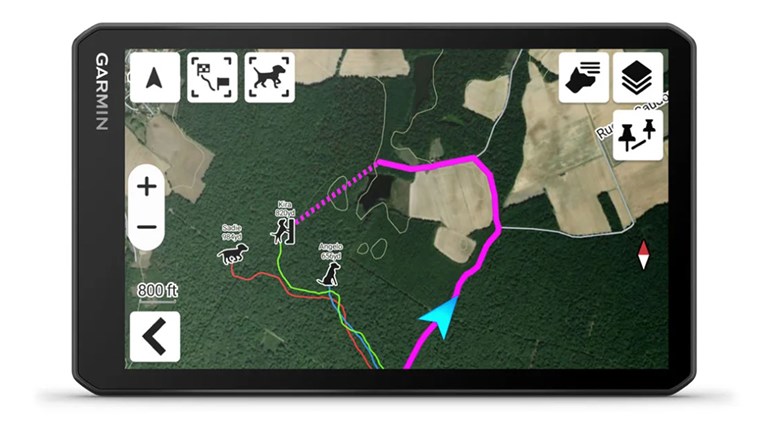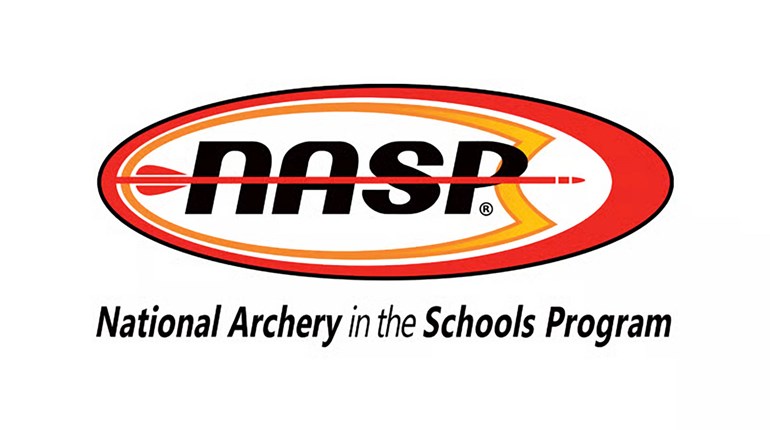
Can e-commerce make hunting more affordable and convenient similar to the way it has transformed ride-sharing and the hospitality industry?
Well, don’t blink now, because a two-year-old Richmond, Va., company is already making it happen. Fast-growing Outdoor Access (OA) is busily connecting landowners seeking to capitalize on their properties with hunters, fisherman and other outdoor types looking for, well, access. But don’t feel bad if this is the first you’ve heard of it, because for now the startup’s offerings are 90 percent concentrated in its home state plus neighboring North Carolina. Currently 374 properties have enrolled and new ones are coming online frequently.
If it sounds like leasing, it kind of is, but other than scattered exceptions, OA “rentals” are short-term. The standard reservation is for a single day, though it is possible to book consecutive single days or even longer time blocks. Like typical leases, access is exclusive on the day(s) you’re renting.
It didn’t take long for me to sign up. Living on the edge of OA’s core area, it was an easy sell to a guy forever seeking fresh strut-and-rut opportunities. For several reasons, the short-term aspect suits me perfectly. My experience with traditional leases—costing anywhere from $500 to $1,800 for the year or the season—is that I just didn’t use them enough to justify the expense. I’m the sort who likes to dabble in all kinds of game and all sorts of hunting methods pursued in a variety of locales and habitats. That mindset—along with the job and family time so important in all of our lives—limits the value and satisfaction of committing to the same deer woods or duck blind all season long.
Granted, daily rentals aren’t for everyone; the rates tend to be higher than a traditional lease amortized by the day, and certainly there’s a valid argument to be made about the need to learn one’s hunting spot. But OA’s pay-as-you-go plan makes it relatively easy to take a chance. For an upfront charge of $99 per year, one can purchase a membership that is finalized following a background check, a hurdle that provides landowners assurance about the people coming onto their properties. Less than 36 hours after joining, notification came that I could begin making reservations.
With spring gobbler season a month away, I soon found likely properties close to towns I planned to visit for family events, and OA’s handy online-map function afforded me virtual site inspections. First up was a 250-acre tract that appealed because it lacked road frontage, but nonetheless had two interior two-tracks that would provide natural travel corridors both for me and the turkeys. Bordering one end was a creek, another plus feature for locating toms on the move. The daily fee was $49, which included overnight camping if I was so inclined. The second property I reserved was the only candidate near a graduation I was slated to attend, and at 40 acres, chances for a gobbler encounter would be pretty hit-or-miss. However, that land was likewise well off the county road and in fact backed up to one of Virginia’s historic tidal rivers. The tab there was $34. I had both places to myself … except for several deer and one inquisitive jake.
Pricing and all other conditions and rules are set by the landowners. Most listings come in at $30 to $40, some higher, some lower, and then there are a handful of small, “urban-archery” tracts whose owners are seeking guests to thin out deer numbers, sometimes free of charge.
Many of the varied offerings span less than 50 acres, but a few of the biggest exceed 500. The game available also varies from place to place. While hunting is not allowed everywhere, it is the most prevalent activity, appearing in 70-plus percent of the listings. Fishing is a close second, but of course that’s dependent on water. Many owners allow camping, and then there are numerous other pastimes named in listings: hiking, kayaking, trail riding, mountain biking, relic hunting, model rocketry, drone flying and also target shooting. What it amounts to is a directory of places to go to do all sorts of outdoor stuff few of us can do at home. Before a property goes onto the board, OA staffers make a site visit to ensure its suitability, and in most cases renters are provided the landowner’s contact info.
Good as all this may be for the outdoorsmen and women who live in OA’s service area, I can’t help projecting a bigger picture that bodes well for all of us. While American hunters are blessed to live where effective wildlife management successfully maintains healthy game populations, our increasingly urbanized society makes practical access—that is to say, affordable access to lands sufficiently close to home—far more difficult to find than in the past. Surveys conducted by Responsive Management Inc. a decade ago found about one-quarter of all respondents blamed lack of access for hunters spending fewer days afield or dropping out altogether, and that 29 percent of ex-hunters said “… not enough access influenced their decision” to stop hunting. Though the data are somewhat dated, all the anecdotal evidence and discussion I currently see indicate access concerns are only worsening.
OA’s business model offers a glimmer of hope. Private land available to hunters at terms many can afford could actually increase, and the developing pattern shows that about half of the enrolled properties are inholdings close to towns and suburban neighborhoods, locations functionally convenient to where many hunters live. The system’s flexibility also encourages more landowners to take advantage of the opportunity to earn a return while at the same time managing their properties as best suits their needs. Owners are further incentivized by up to $1 million insurance coverage provided by OA.
It’s win-win, free enterprise at work. Although public-access initiatives from government and hunters’ organizations play an important role, actual commerce—as opposed to funding from tax dollars, member dues and/or charitable contributions—has the potential to multiply and become self-sustaining.
If this supply-side model was to take hold across the country, benefits realistically might include: 1) a slowdown in the decline of hunters; 2) better options for introducing newcomers to the sport; 3) newfound political support from landowners and the people they influence; and 4) more landowners with a personal stake in wildlife management.
Am I seeing the glass half full? You bet I am. Let’s hope this clicks.




































